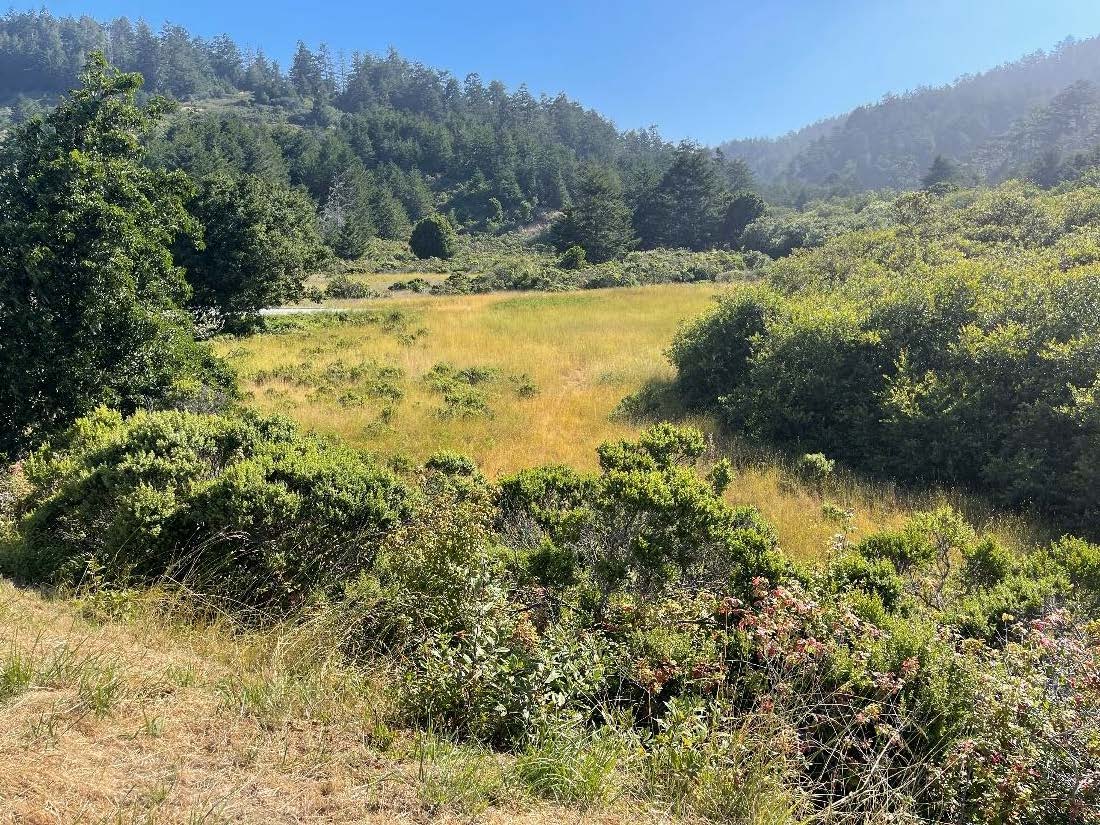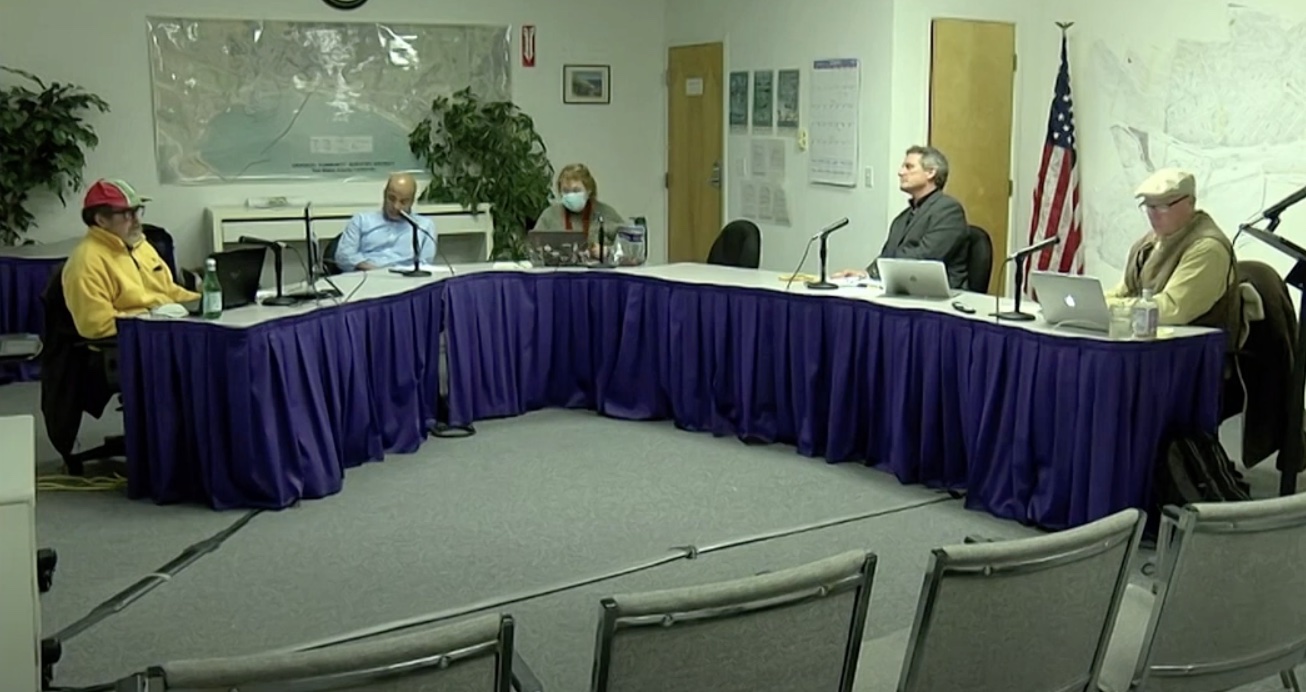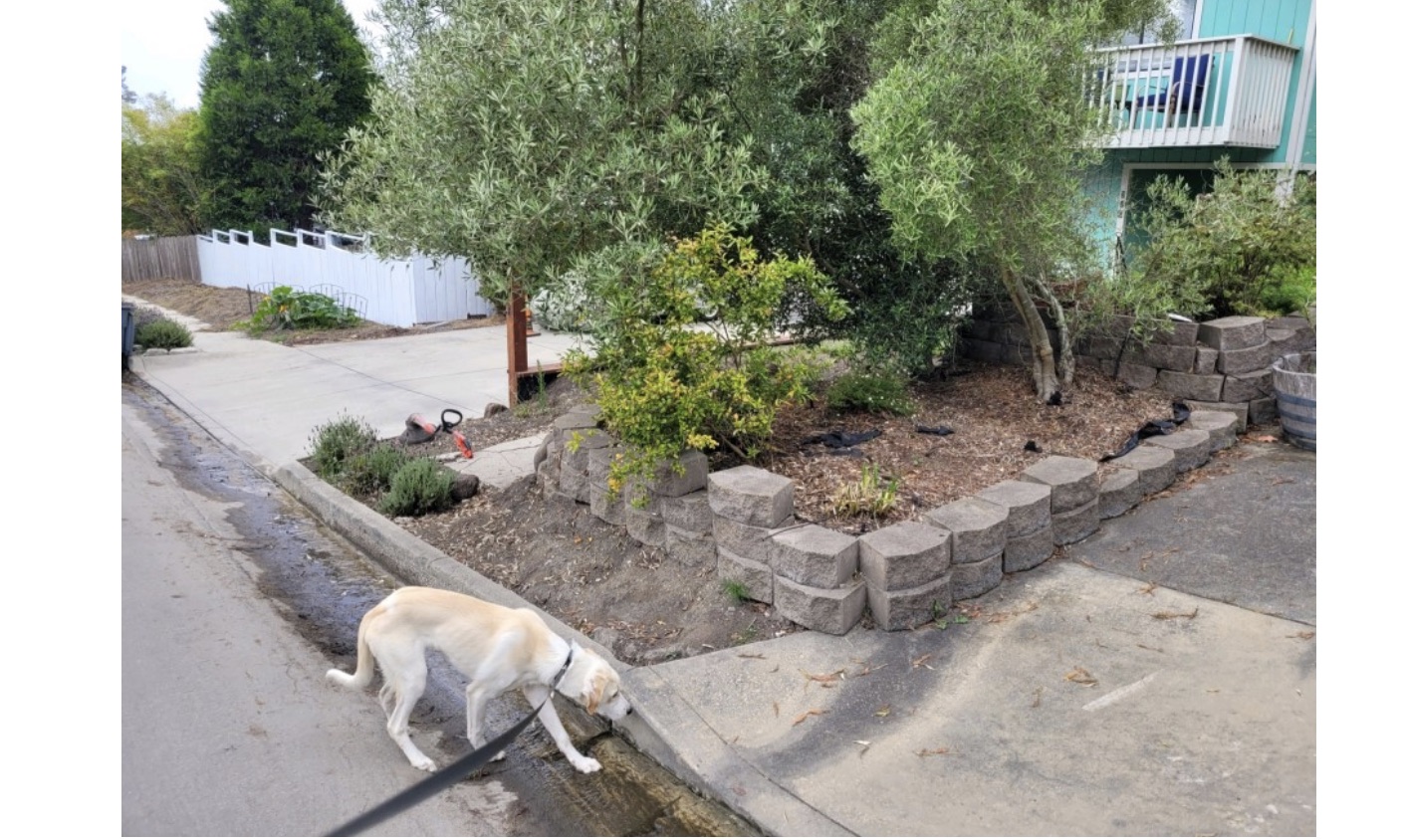|
Getting your Trinity Audio player ready...
|
PRESS RELEASE. From Governor Newsom’s office on April 10th, 2025.
SACRAMENTO – California is making it faster, easier, and more affordable to launch environmental restoration projects across the state, thanks to a program the state’s Department of Fish and Wildlife established in 2021 called Cutting Green Tape.
It’s a simple idea: streamline the complex red tape – ‘green tape’ in the case of restoration work – that often delays or blocks habitat restoration projects. Instead of forcing good environmental work to get stuck in paperwork, Cutting Green Tape removes unnecessary barriers and helps important conservation projects get approved more quickly.
And it’s working.
Since 2022, the program has helped more than 500 restoration projects move forward by reducing costly delays and making the approval process easier to navigate. These efforts have already contributed to the restoration of nearly 200,000 acres of habitat, the reconnection of 5.5 million acres of land, and the improvement of over 700 miles of California streams. All of these projects are critical for fish, wildlife, and clean water.
“The results speak for themselves: California is proving that cutting red tape and protecting our environment go hand-in-hand. In just the last few years, we’ve cut red tape on more than 500 projects that have restored nearly 200,000 acres of habitat and improved hundreds of miles of streams.
We’re unleashing projects from being stuck in endless paperwork and bureaucracy – all to support California’s thriving biodiversity.” ~ Governor Gavin Newsom

Why it matters
By removing red tape, the state is saving time, money, and precious ecosystems. Faster restoration means healthier rivers, cleaner water, stronger fish populations, and better protection against climate impacts like wildfire and drought. It also means public funds and community efforts go further and have a bigger impact.
CDFW estimates the program has already saved nearly $10 million in permitting costs — savings that go right back into protecting the environment.
New streamlined permit makes restoration even easier
Restoration projects require permits from the state to ensure they are environmentally responsible, protect wildlife, and foster abundant ecosystems. In a significant development, CDFW recently issued its first newly expanded Restoration Management Permit (RMP), a streamlined permit that consolidates five of the most common CDFW approvals typically needed for restoration projects into one single permit. This follows legislation – Assembly Bill 1581 (Kalra) – signed by Governor Newsom last September, creating the pathway to establish the fully realized RMP. That means fewer hoops to jump through and faster starts for high-priority projects.
This first expanded RMP was granted to the San Mateo Resource Conservation District for a project improving fish passage and habitat along Little Butano Creek. This work will create cleaner, more connected streams, which in turn will boost biodiversity and support long-term ecosystem health.
“Making it faster and easier to approve restoration projects has huge benefits for people and wildlife alike, which is why I’m excited we’ve issued our first restoration permit for the Little Butano Creek Project in the Pescadero watershed,” said CDFW Director Charlton H. Bonham. “Now, rather than navigating multiple approvals from the department, we can streamline restoration projects with a single approval process, exponentially cutting down on time and cost. This is a huge benefit for California’s restoration projects, and I anticipate many more streamlined approvals to come.”
Located along a tributary to Butano Creek in the Pescadero Creek watershed, the goal of the project is to restore fish passage at an existing 15-foot-tall chute. This will increase access to the Little Butano Creek watershed, enabling certain fish to complete their lifecycle and keep these species thriving. The project is expected to enhance approximately 1,000 linear feet of aquatic habitat and 3.52 acres of riparian and wetland habitat for the benefit of coho salmon, steelhead trout, Pacific lamprey, California red-legged frog, southwestern pond turtle, San Francisco garter snake, California giant salamander, Santa Cruz black salamander and San Francisco dusky-footed woodrat.
“The Restoration Management Permit is a game changer, enabling us to complete high-priority habitat restoration, like the project on Little Butano Creek, much more quickly and cost-effectively in partnership with CDFW,” said Kellyx Nelson, San Mateo RCD Executive Director.





